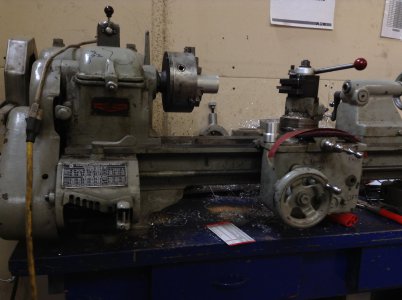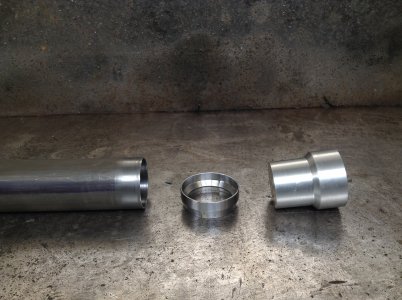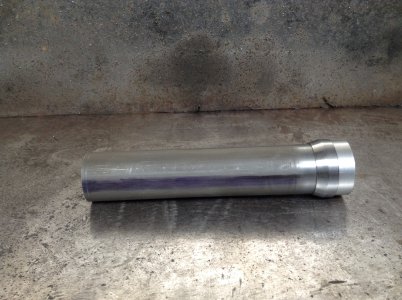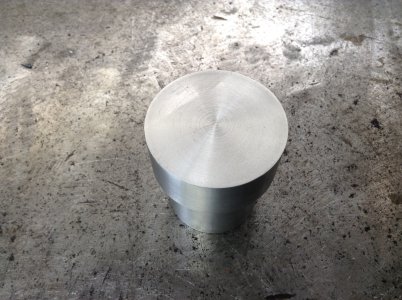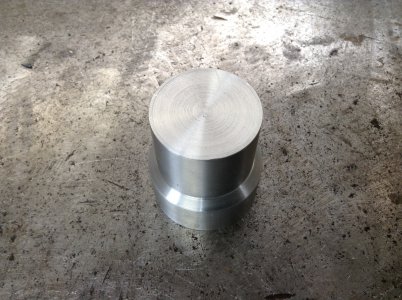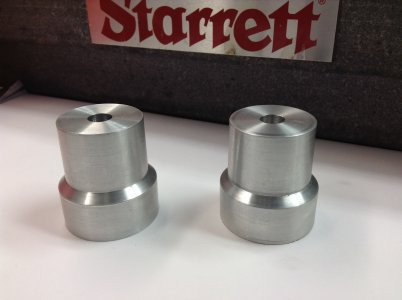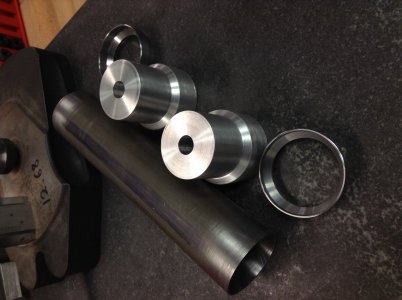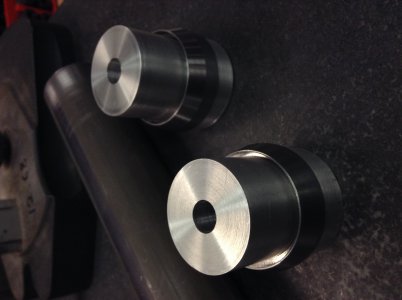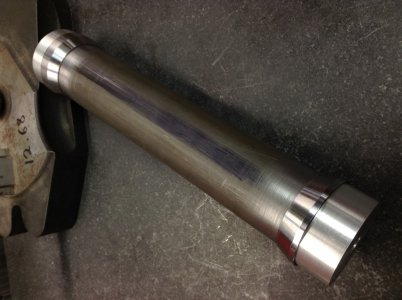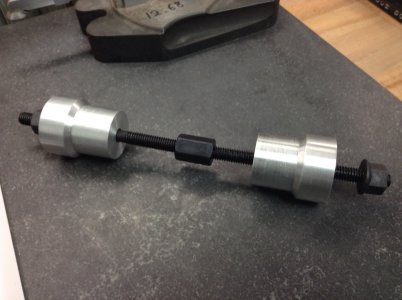- Joined
- Oct 3, 2013
- Messages
- 26
Marco, care to give me a link or two of any models you're aware of? I'd prefer to have European tools over Asian tools, any day of the week.
For the rest of you, the reason behind my metric-only mission (beside the bicycle being a metric machine):
I lived in Germany for 5-1/2 years when I was in the Army (minus a 15-month tour of Afghanistan). I drove my car and rode my motorcycle (still do) to km/h, bought fuel in liters, used fuel in liters per 100 km, bought cheese in grams, bought beer by the half-liter, qualified on weapons ranges in meters, etc. I have converted to metric, and I find the U.S. machine shop a curious vestige of the past, holding on to inches for dear life while using decimal inches to try to remain relevant. When I worked at Chris King Precision Components last year, a boatload of 1980s Japanese CNC machines were all set to cut standard parts, and I had to face palm every day just keep from crying. Even one of the most respected American bicycle parts makers still uses decimal inches, but this company considers new anodizing colors to be innovation. I don't.
For the rest of you, the reason behind my metric-only mission (beside the bicycle being a metric machine):
I lived in Germany for 5-1/2 years when I was in the Army (minus a 15-month tour of Afghanistan). I drove my car and rode my motorcycle (still do) to km/h, bought fuel in liters, used fuel in liters per 100 km, bought cheese in grams, bought beer by the half-liter, qualified on weapons ranges in meters, etc. I have converted to metric, and I find the U.S. machine shop a curious vestige of the past, holding on to inches for dear life while using decimal inches to try to remain relevant. When I worked at Chris King Precision Components last year, a boatload of 1980s Japanese CNC machines were all set to cut standard parts, and I had to face palm every day just keep from crying. Even one of the most respected American bicycle parts makers still uses decimal inches, but this company considers new anodizing colors to be innovation. I don't.


